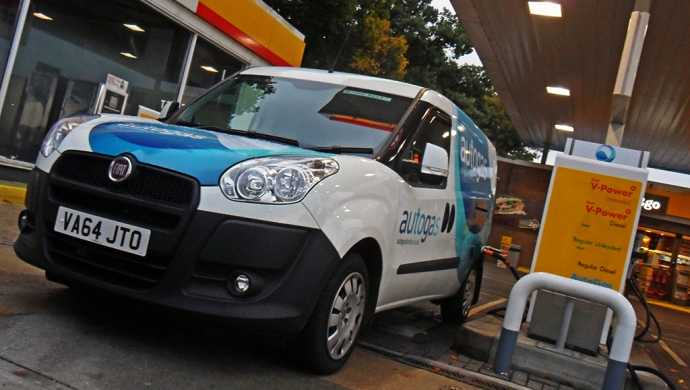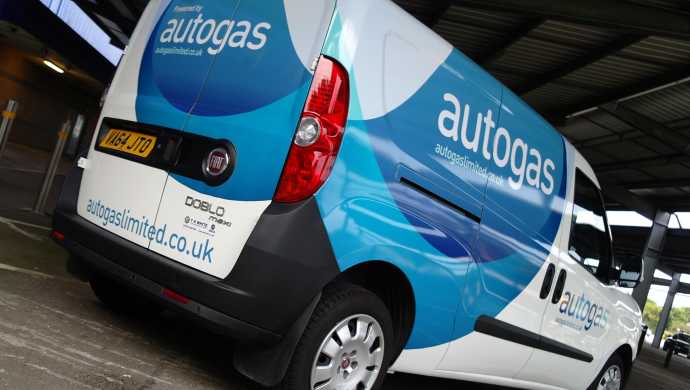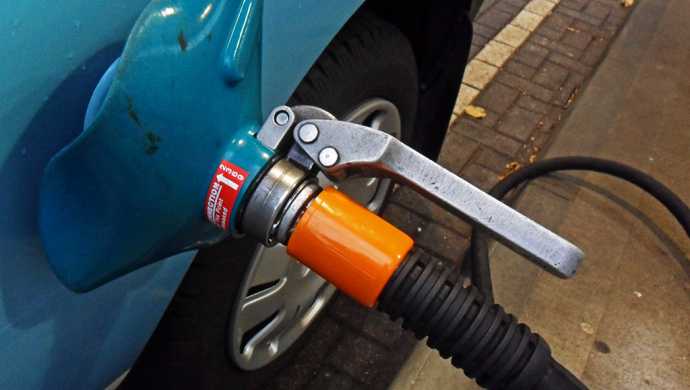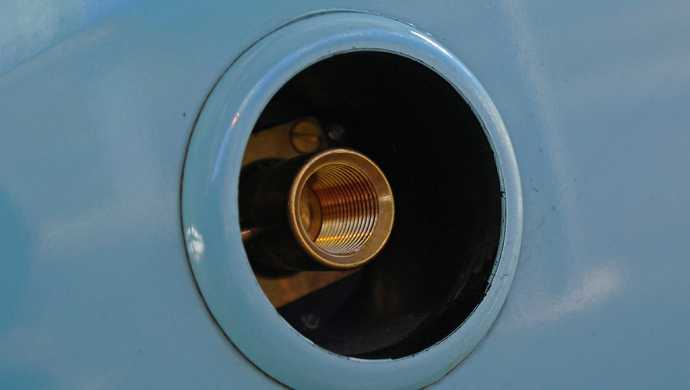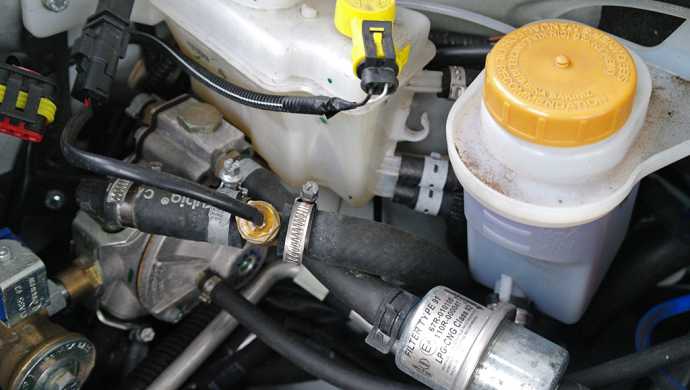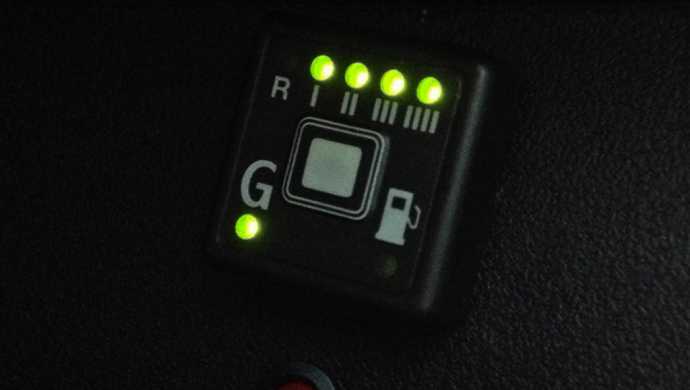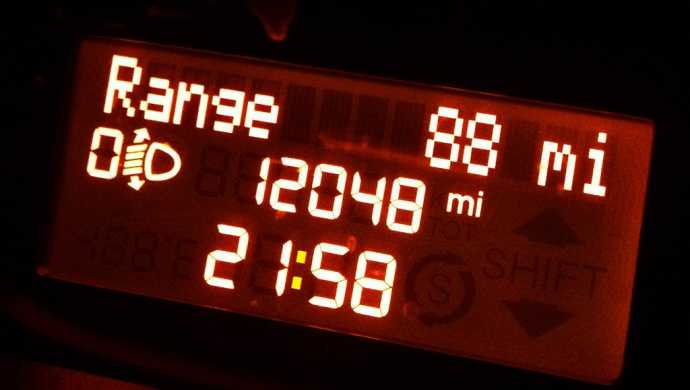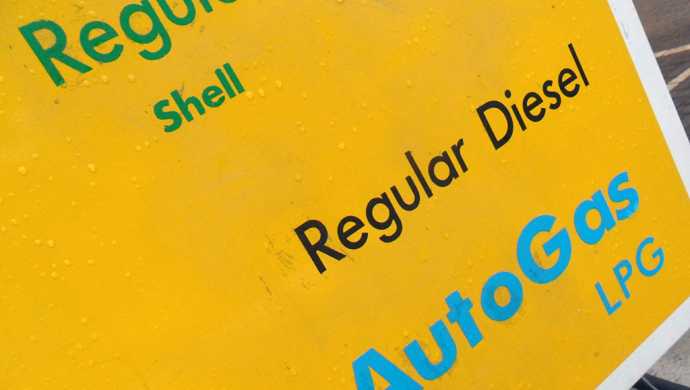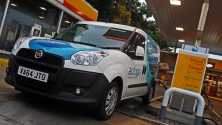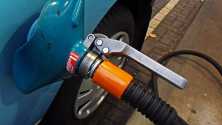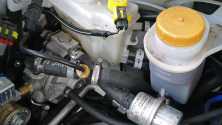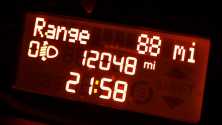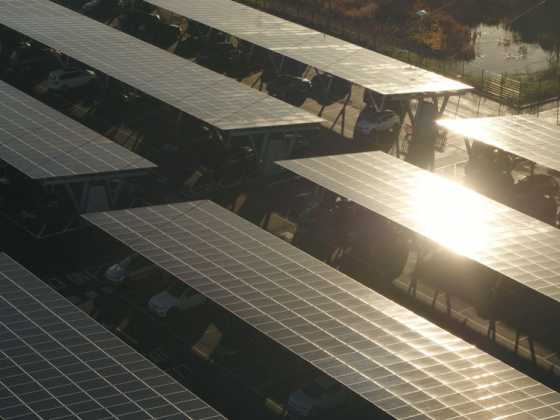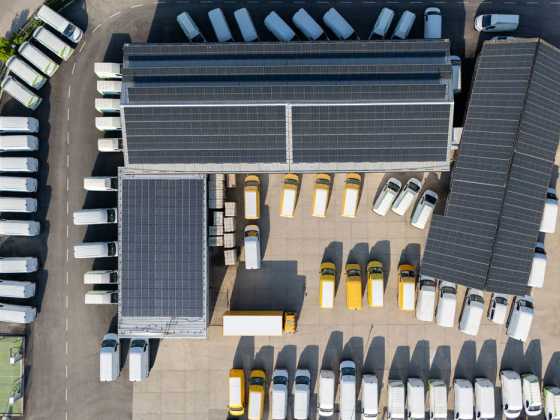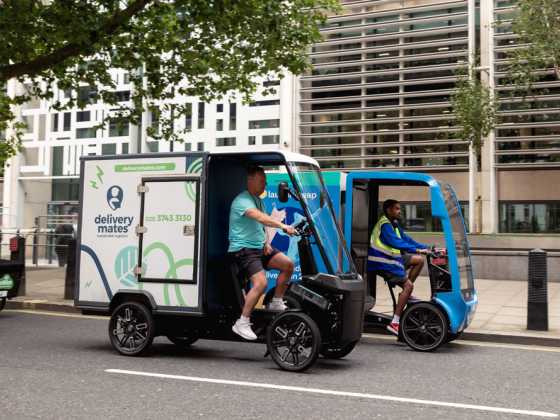LPG: lightening the load
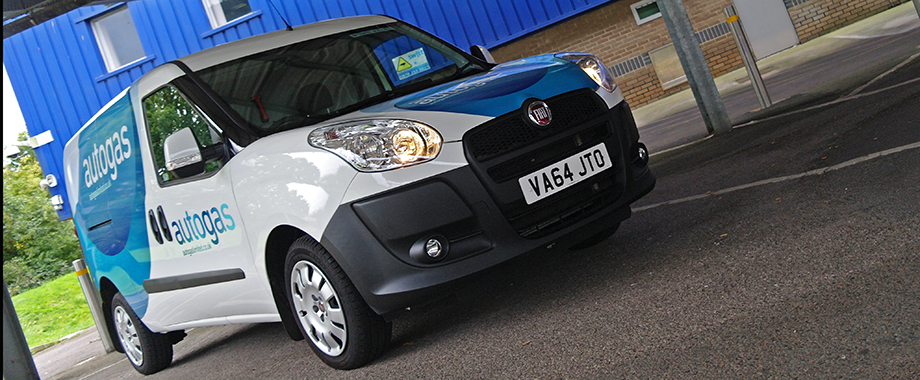
With an increasing network of refuelling locations, automotive LPG offers lower emissions, and cheaper running costs. GreenFleet spends a week with the Autogas Fiat Doblo Cargo to explore the benefits.
In selected European countries, automotive LPG is a very popular fuel. Heralded as a cleaner and cheaper fuel around the turn of the Millennium, it has lost some of its traction in the UK due to the ending of government‑backed subsidies.
However, research from Autogas Limited states that CO2 emissions from automotive LPG are up to 15 per cent lower than petrol. Currently in the headlines due to the diesel testing scandal, NOx emissions are said to be around 80 per cent lower than diesel, while the alternative fuel also emits up to 98 per cent fewer harmful particulates than other fossil fuels.
Automotive LPG is a by-product of natural gas extraction and the refining of crude oil. With the additional advantage of being cheaper at the pumps than petrol or diesel, Autogas Limited forecasts cost savings of around 40 per cent, as the average price per litre of automotive LPG is around half that of conventional fossil fuels.
The one perceived disadvantage of automotive LPG is that of availability. Simply not available at as many filling stations as petrol or diesel, an easy top-up could quite easily become a less relaxing task.
However, the network is ever‑expanding, and there is a 1,400-strong group of locations where automotive LPG is now available. With those projected cost savings weighing heavy on our minds, we spent a week with Autogas’ LPG-converted Fiat Doblo Cargo 1.4 to see just how straightfoward running an LPG-converted vehicle can be.
£1,450 conversion
An ex-Fleet Van of the Year winner, the Fiat Doblo Cargo is the commercial derivative of Fiat’s Doblo passenger-ferrying MPV.
When new, the van costs £14,845 excluding VAT, while the conversion to enable it to run on LPG was an additional £1,450 plus VAT. Autogas quotes running costs of 10 pence per mile when using automotive LPG, seven pence per mile cheaper than comparable petrol or diesel.
The company also quotes improved miles per gallon, up from 39.2mpg to 56.2mpg. CO2 is also improved, down by 17 per cent, with NOx similarly 20 per cent less than the petrol-powered version of the Fiat light commercial.
No particulate emissions are simply the icing on the much cleaner cake. Going on these figures alone, the conversion is reported to pay for itself after around 20,000 miles. Even more impressively, and after taking off the cost of the conversion, each van running on automotive LPG could save a fleet manager £2,800 per year.
Over 150,000 UK drivers have made the switch to automotive LPG, joining the 25 million vehicles around the world that already use it – it is the third most popular fuel globally.
Seamlessly switch
One of the benefits of automotive LPG is that converted vehicles retain their conventional petrol tanks in addition to the gas tank, and drivers can seamlessly switch between the two.
The petrol tank in effect acts as reserve – when the gas tank is empty, petrol is automatically used to power the vehicle.
On the Autogas Fiat Doblo Cargo, this is done by a small switch, mounted to the right of the steering wheel. Almost hidden from view, it is the only tell-tale that VA64 JTO was slightly different from its box-shaped brethren.
Four LEDs inform of how full the gas tank is, while a green lit ‘G’ signifies that the van is running on LPG. As the level of gas in the tank depletes, so the number of LEDs go out, and when completely empty, the yellow ‘P’ is illuminated, which signifies that the system has switched to petrol.
A simple system, the driver can also manually switch to run on petrol should it be desired. With the switch to LPG complete, there is no loss in performance when compared to petrol: the Autogas Doblo used its 90bhp in a predictable and normal manner.
The only noticeable difference is a slight ‘hiss’ when idling which suggests that the LPG is doing its lower-emission thing.
On start-up, the Autogas van runs on petrol, and after 90 seconds or so, switches automatically onto LPG. As with the interior, externally, the Autogas Fiat Doblo Cargo looks little different.
An additional fuel cap on the passenger side of the van is the only giveaway to its dual-fuel drinking habit. Undo that for filling the gas tank, and you’re confronted by a threaded brass fuel point.
There’s little to see under the bonnet, either, with all the supplied parts of the LPG conversion kit well plumbed in and unobtrusive.
Filling up is relatively straightforward: line up the slots on the pump nozzle to the lugs on the car’s fuel point. Then, rotate the nozzle’s barrel clockwise as far as it will turn.
After that, pull the lever on the nozzle handle back and latch it with the metal clip behind the gas guard shield. Press the button on the fuel dispenser pump to fill, keeping pressed until the desired fill is achieved. The dispenser pump will automatically shut off if the maximum fill level of the vehicle’s tank occurs.
Not without incident, some Shell service stations (Autogas Limited is a joint venture between Shell and Calor) close before 10pm in the evening, so should a late night fill-up be required to beat the morning rush, it might not always be possible.
Over our 392-mile test, we didn’t quite enjoy the elevated level of fuel economy increase, either, but did manage to travel 285 miles on one tank of LPG at a cost of just £28.73.
Optional warranty
If there is a possible downside, it’s that LPG conversions can only be carried out on petrol‑powered vehicles, limiting the scope for commercial use, as by their very nature, larger light commercial vehicles use diesel engines.
Also, on a new vehicle, the manufacturer‑supplied warranty will be voided until it has run its stated term. Autogas offers an optional three-year £245 guarantee, though, which covers any costs which the manufacturer refuses to honour.
The Autogas vehicle conversion network was established in early 2015 as part of a £1 million investment programme. The vehicle conversion network also includes a number of pilot conversion centres which are strategically located around the UK.
They are working closely with businesses and private individuals who are keen to reduce both vehicle emissions and fuel costs.
The benefits of automotive LPG are obvious: a quieter‑running commercial vehicle, cheaper fuel costs, a decrease in fuel consumption, and less carbon pollution.
The network needs further bolstering to fully reap the commitment necessary from non-LPG drivers, but with further investment, this third fossil fuel has the potential to be not quite so alternative.

